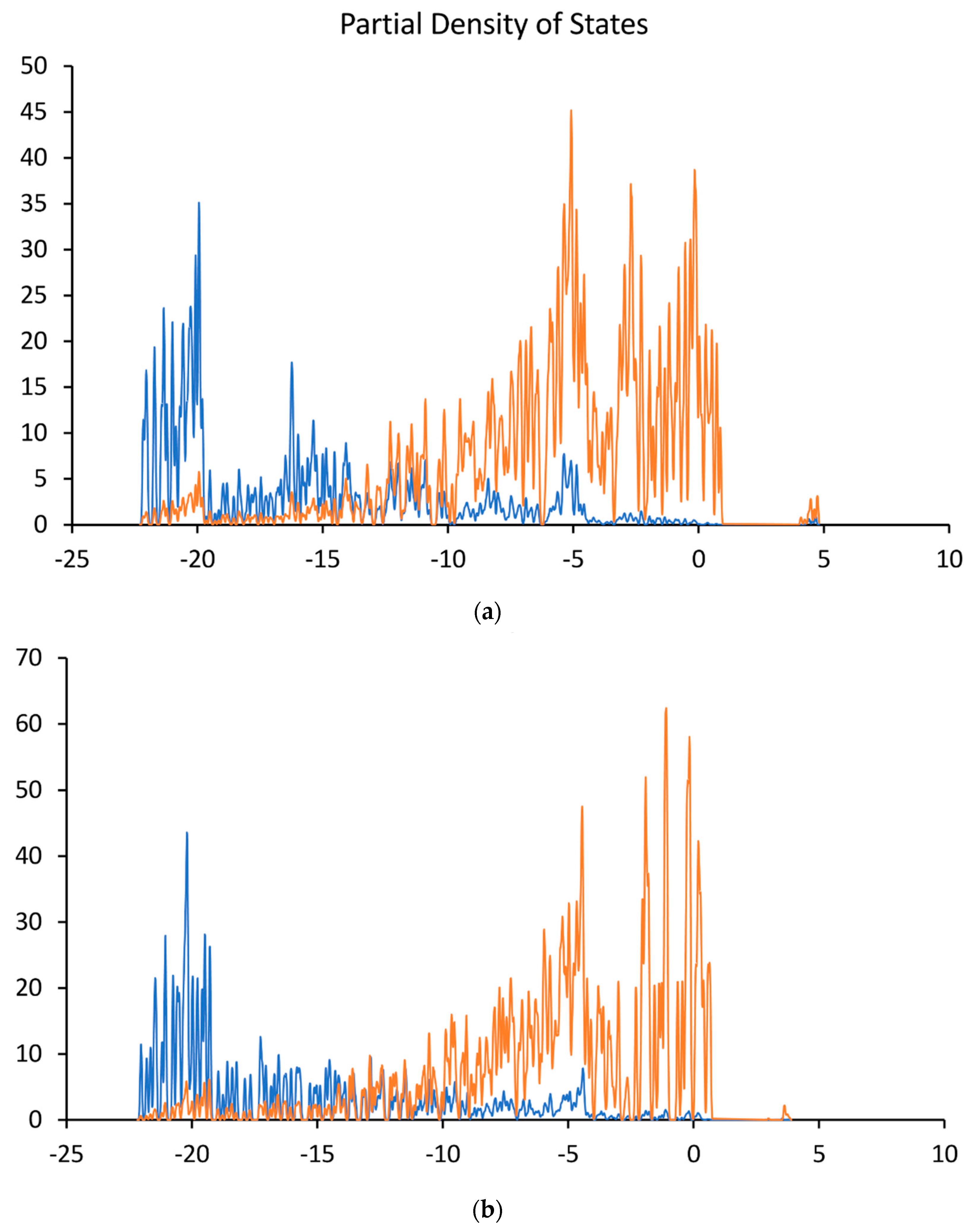


#Density of states quantumwise manual
Secondly, significant portions of the TB parameter-set creation process involve manual intervention.


One, it is often the case that a physically transparent model created for a particular material type (say semiconductors with short range, covalent bonding) does not generalize to other material systems (for instance, metals). There are a variety of reasons for the aforementioned shortcomings. Secondly, developing truly transferable, physically valid TB models applicable across materials, geometries and boundary conditions is challenging, owing to physical differences in systems. In our own experience 3, 4, developing meaningful, physical TB parameter sets has taken time ranging from a few weeks to a few years. Firstly, while TB Hamiltonians are computationally efficient to solve for, what is often unaccounted for is the time required to create an accurate, physically transparent and transferable TB model for a material system. While TB calculations have proved immensely useful in modeling the electronic structures of semiconductor and metallic nanostructures, some fundamental problems persist in their use as DFT Hamiltonian approximations. Several flavors of these approximations exist, generally optimized to meet the needs of the problem at hand 2. This results in extremely sparse Hamiltonians that can be diagonalized very efficiently. Typically, TB techniques also simplify the DFT Hamiltonian to near-neighbor (NN) interactions between atoms. Semi-empirical Tight Binding (TB) approximations to DFT perform rather admirably in this regard, reducing the time complexity in forming Hamiltonians by treating Hamiltonian elements as parameters fitted to desired physical properties such as effective mass, band gaps and so on. Consequently, while it scales well for small systems such as crystalline solids with small unit cells, scaling the computation of DFT electronic structure for large nanostructures with limited periodicity becomes a challenging task. Even the fastest DFT techniques, such as the so-called O(N) approaches based on Local Orbitals spend most of their time in forming the Hamiltonian and solving self-consistently for the ground state electron eigenstates 1. Despite their popularity and usefulness, DFT methods scale rather poorly with system size. The method is independent of the specifics of the DFT basis or material system used and can easily be automated and scaled for predicting Hamiltonians of any material system of interest.ĭensity Functional Theory (DFT) based electronic structure calculations are a cornerstone of modern computational material science. Electronic structure properties such as ballistic transmission and band structure computed using predicted Hamiltonians compare accurately with their DFT counterparts. Using suitable representations of atomic neighborhoods and Kernel Ridge Regression, we show that an accurate and transferable prediction of DFT Hamiltonians for a variety of material environments can be achieved. In this letter, we propose the use of machine-learning for prediction of DFT Hamiltonians. While semi-empirical approximations to DFT result in a reduction in computational time versus ab initio DFT, creating such approximations involves significant manual intervention and is highly inefficient for high-throughput electronic structure screening calculations. Large scale Density Functional Theory (DFT) based electronic structure calculations are highly time consuming and scale poorly with system size.


 0 kommentar(er)
0 kommentar(er)
